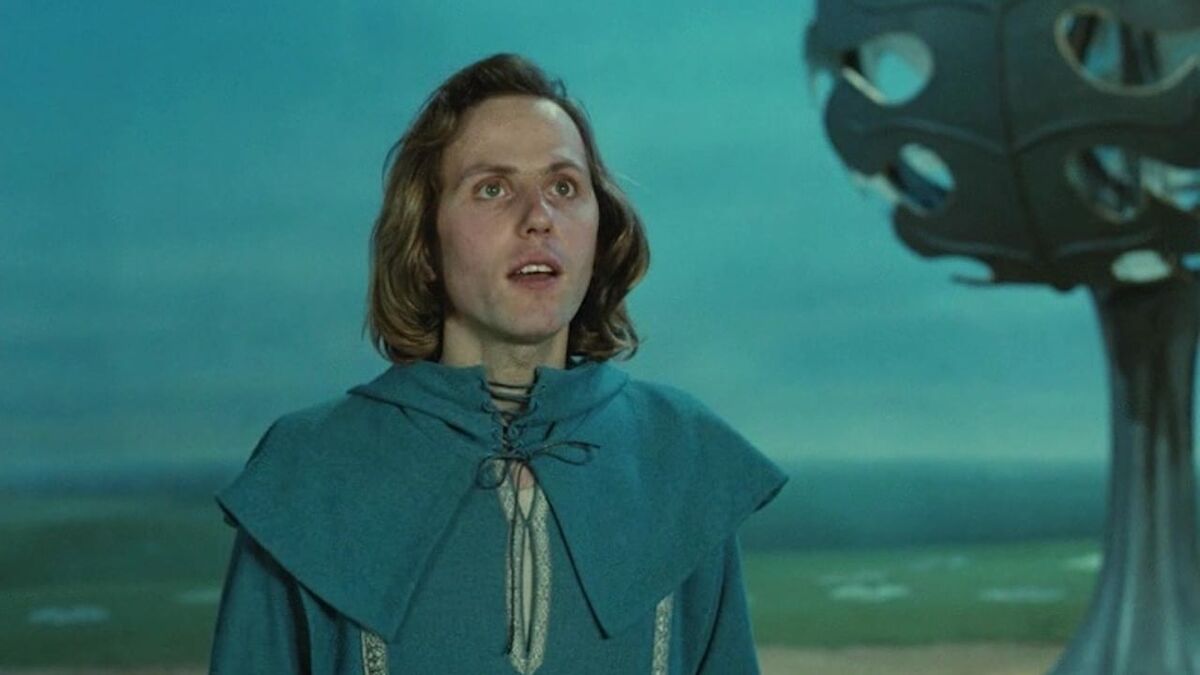
When we think about the Middle Ages in cinema, we easily associate them with tales of adventure, magic, and conquest; and in other cases, stereotypical portrayals of brutality, war and obscurantism easily come to mind. But what if the matter could be treated differently? The following list tries to answer the question; some of the films play with deconstruction and anachronism, while others contaminate tropes from different genres; others refer only indirectly – though consistently – to medieval imagery, playing with stereotypes and the viewer’s expectations.
Almost none of the following can be defined as medieval films in a narrow sense, ranging from comedy to horror and even experimental. Nevertheless, what they all share is an original work on the pictures of an age that never ceases to stimulate and defy the imagination of filmmakers.
Notice: the films are not ranked, only listed by year.
1. For Love and Gold (Mario Monicelli, 1966)
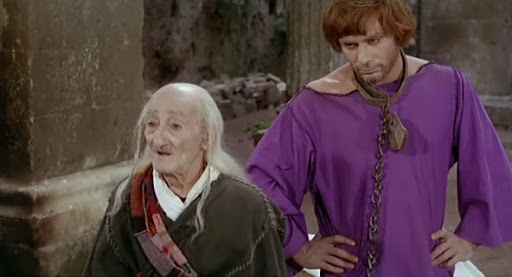
An established cult classic in its native country, Mario Monicelli’s “For Love and Gold” is a sharp deconstruction of medieval period films. Set in 11th century Southern Italy, the plot revolves around a group of peasants who, after retrieving a precious document from a deceased knight, embark on a quest for the fief of Aurocastro; a disgraced knight called Brancaleone (Vittorio Gassman) gathers the peasants into an ill-assorted army, in so seeking a better fortune for himself.
What made this film so special in the 1960s is its comedic, disenchanted view of the Middle Ages, portrayed as an epoch in which – much like in our times – the paper-thin ideals of glory and honor are insignificant compared to the necessities of everyday life. Far from historical realism – and yet, in a way, surprisingly accurate – Monicelli’s approach to history is colorful, cartoonish and sometimes anachronistic, while the tone is more akin to slapstick comedy than epic.
From penniless knights to spoiled princes and cowardly peasants, the figures in “For Love and Gold” concur to shape a laughable yet empathetic portrait of medieval society. Even though non-Italian speakers could hardly enjoy the particular language used in the film (a mixture of outdated vocabulary and comedic distortions), “For Love and Gold” never fails to provide laughs and pieces of real cinematic beauty.
2. Tristan and Isolde ( Yvan Lagrange, 1972)
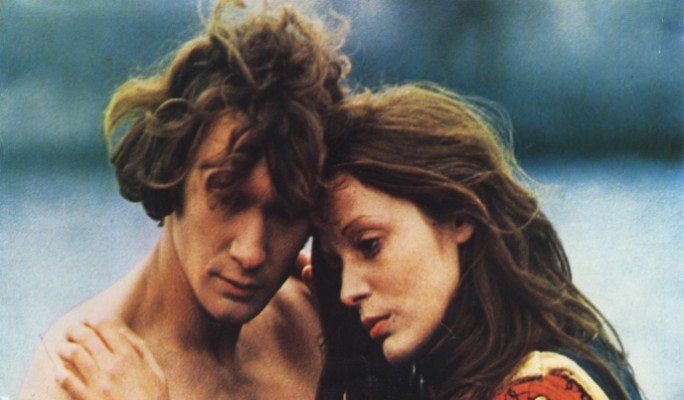
Released in the same year as Philippe Garrel’s “The Inner Scar” (1972) and likewise shot in Northern Africa and Iceland with minimal dialogue, Yvan Lagrange’s “Tristan et Iseult” reshapes the Arthurian legend of Tristan and Isolde into a discourse about war, youth and rebellion. Formally and philosophically closer to Garrel’s film than to any period film, the movie portrays non-linearly the tormented tale of the two lovers (with the director himself playing Tristan) in the midst of a war that seems to transcend space and time – arguably echoing the Vietnam War. Lagrange elegantly employs some typical French New Wave techniques such as jump-cuts, repetitions, and fourth-wall breaks, while the beautiful cinematography enhances the overwhelming presence of nature and asserts, by contrast, the futility and idiocy of war.
Critical distance from the source material is achieved through a calculated excess, from the exaggerated costumes to the abundant gruesome imagery, to a musical score (composed by French progressive rock band Magma) that blends choral parts with jazz-rock improvisations. The deliberate use of anachronisms is reflected in the choice of locations, spanning from Icelandic glaciers and Moroccan deserts, to baroque churches and a modern-day slaughterhouse. The film ultimately succeeds in portraying the endless cycle of love and death, in so providing a meditation about love in the time of war.
3. Perceval (Eric Rohmer, 1978)
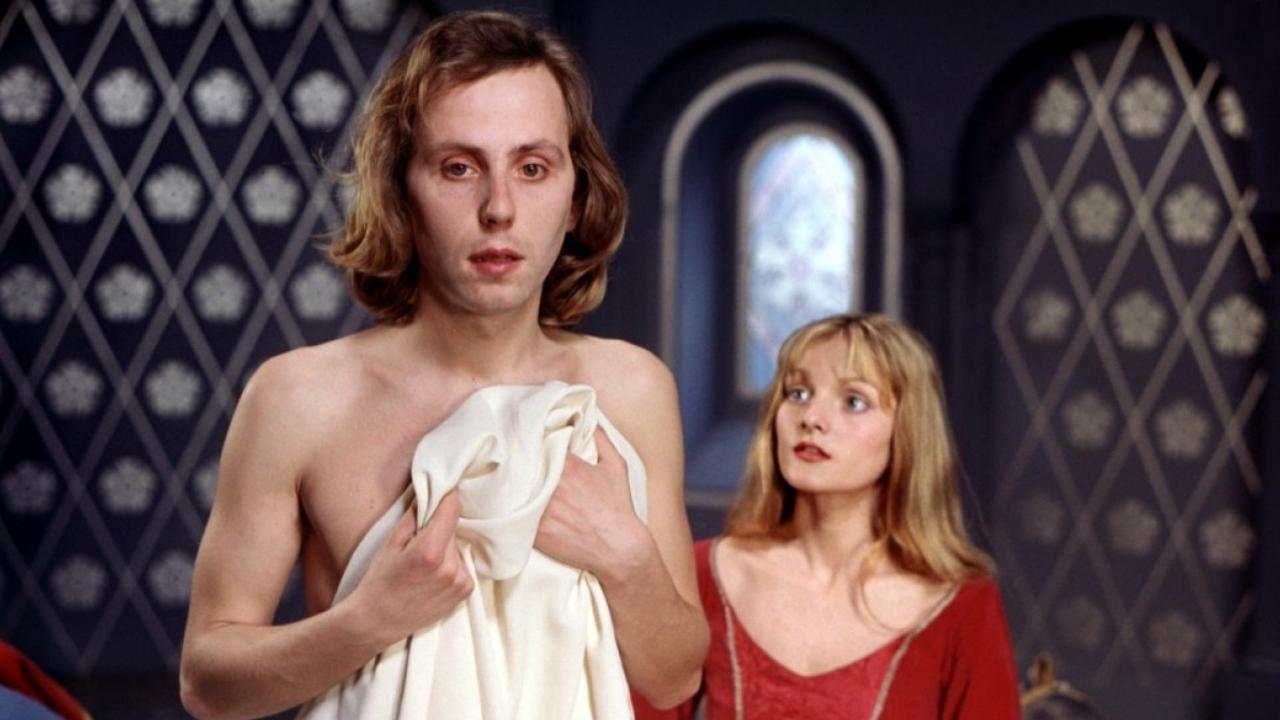
Eric Rohmer’s take on Arthurian legends is peculiar, to say the least. In adapting the unfinished poem “Le Roman de Perceval ou le conte du Graal” by Chrétien de Troyes, the director personally provides a literal verse translation of the work, pushing its cinematic adaptation to the point of pure symbolism.
Shot entirely on a soundstage, the movie is acted within a conventional scenario in which every element stands out like a hieroglyph: a circle of iron trees for a forest, one single castle for every castle, a fiberglass pool for a lake. Forced perspective is profusely employed, although never with a naturalistic approach. The musical score is performed on set with traditional instruments, with the actors playing multiple roles; reminiscent of the lesson of Bertolt Brecht and the Théâtre en Rond, the characters narrate their actions in third person, also shifting with ease from speech to singing. The outcome is at once estranging and enchanting, a fluid work of storytelling that retains the sober fascination of fables and the fierce elegance of epics.
4. Knightriders (George A. Romero, 1981)
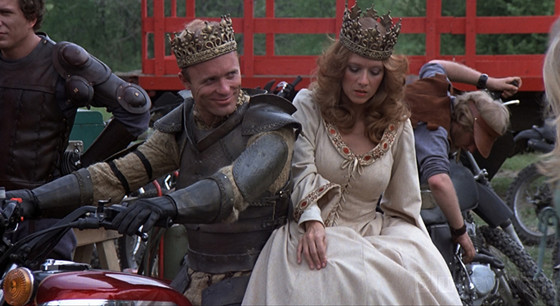
Produced after the successful “Dawn of the Dead,” George Romero’s “Knightriders” tells the story of a Renaissance fair based on motorcycle jousting, touring America in the late 1970s. Inspired by Arthurian lore, the leader of the fair – Billy “King William” Davis (Ed Harris) – intends the group to reflect his ideals of freedom, chivalry and solidarity. However, inner tensions within the group, persecution by the police, and corporate interests will pose a threat to his utopia.
With gentle and compassionate writing, solid performances by the whole cast, and a seamless blend of documentary style and period piece tropes, Romero builds a crowded, colorful portrait of counter-culture, effectively connecting the ideals of chivalry and honor with the values of rebellion against a corrupt authority. Some spectacular action pieces and Donald Rubinstein’s intriguing score (an elegant blend of medieval folk and modern jazz/blues) concur to make “Knightriders” worthy of its cult classic status.
5. The Tyrant’s Heart (Miklós Jancsó, 1981)
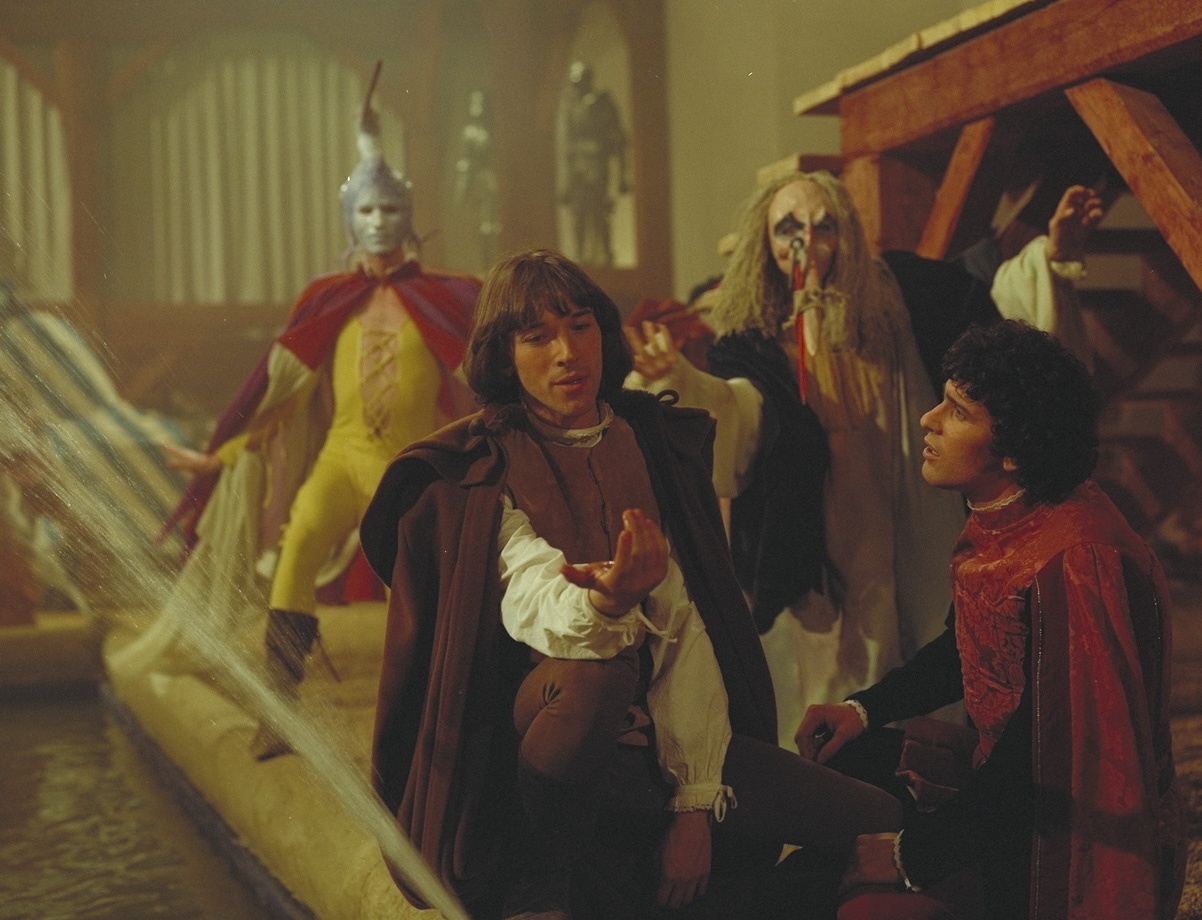
With this hypnotic film, Hungarian director Miklós Jancsó pays homage to Pasolini and his adaptation of Boccaccio’s “Decameron,” also paying tribute to theatre and the darkest episodes of Hungarian history. Set within a surreal theatrical environment, the film’s plot follows a Hungarian prince (László Gálffi) who has come home from Italy after the mysterious death of his father, only to find himself entangled in a circle of perversion and machinations within the court. His uncle is now in charge, while his mother has fallen into a catatonic state, the only cure for which is bathing in the blood of innocent girls; the prince’s only friend is Filippo (Ninetto Davoli), the chief of a company of Italian comedians who tries to help him unveil the web of lies that pervades the court.
The film is an intricate blend of references, from Boccaccio to Shakespeare, to the story of countess Báthory. Jancsó’s direction is theatrical at its finest: the scene is crowded with performers wearing masks and exaggerated costumes, who constantly emerge and loom on the main action from every corner of the frame. In a series of articulate long takes, the film portrays the actors in complex performances, within a setting that continuously changes its configuration. To emphasize the flowing, oneiric quality of acting and choreography, performers and props are frequently placed on hidden conveyor belts, combined with an incredibly fluid camerawork – the result is a dreamlike visual stream of consciousness, a world of ever-changing masks and facades that replicate the confused state of mind of the prince, trapped into the tangle of fiction and lies that have taken over the world.